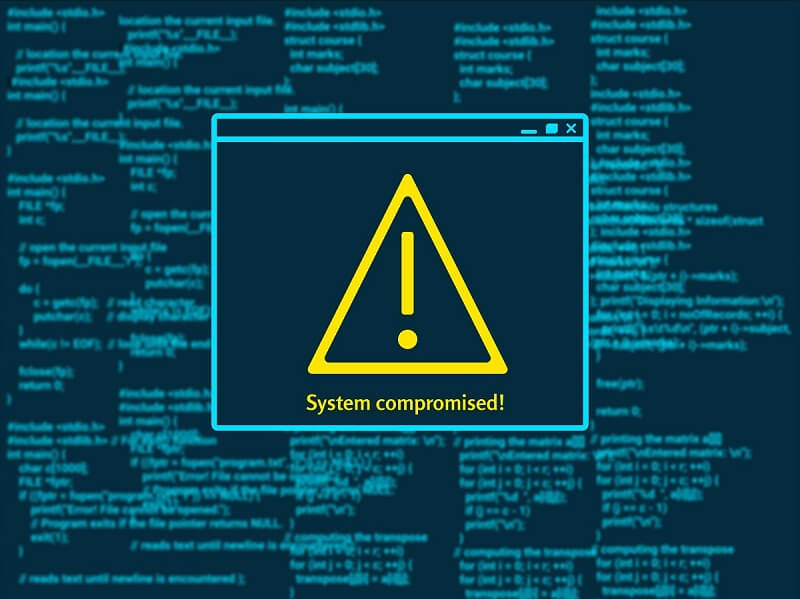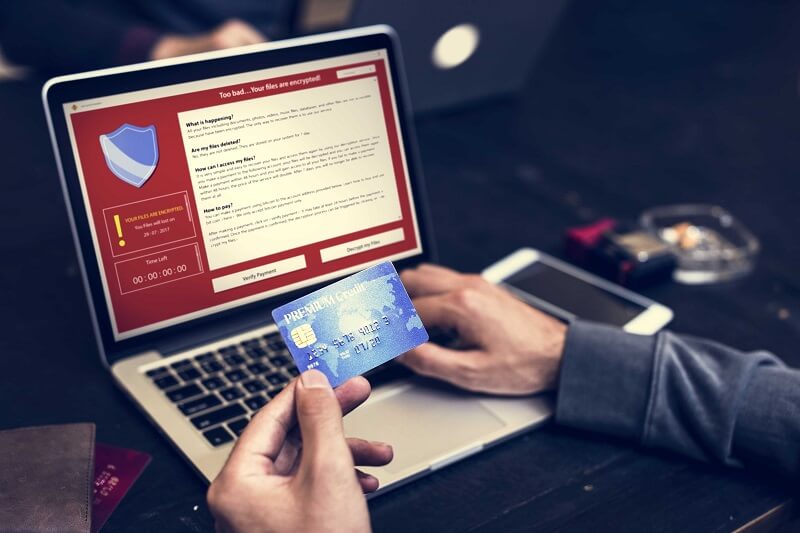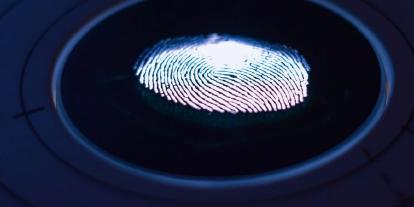What is scareware? Learn to recognize the trap.
Do warning pop-up ads frequently show up on your computer? Did your email inbox get spammed with threat alerts? You might have become a target of scareware.
Read to understand what scareware is, how to recognize it, remove it, and protect yourself.
What is scareware ?
As the name suggests, scareware is a type of malware that uses the strategy to frighten victims into doing a pre-planned action. For instance, the victim might visit a malware-infected website, download malicious software, or buy a legitimate-looking product.

How does it work?
The most frequent strategy to scare potential victims – send a warning that the person’s device is infected with malware, virus, or other cyber threats. Such an alert is designed to appear as legitimate antivirus or antimalware software warning.
The scared victim is then tempted to download a file or pay a small fee to upgrade his antivirus software to fix the so-called threat. Eventually, the user loses the money, sensitive data, or downloads malicious software infected with malware.
What does scareware look like?
Scareware is a social engineering attack. Recognizing the used tactics and methods can prevent you from falling into a trap.
The most obvious red flag for scareware – constantly popping up security alerts. They are constructed to cause instant fear and panic that your device is in critical, urgent danger.
Another method is to distribute immediate action requiring messages via email.
To recognize scareware , you should look for:
- fear-fueling words such as urgent, warning, download, remove the virus now, virus detected, malware detected;
- caps lock, exclamation marks, countdown;
- flashing red or yellow images;
- imitate logos, fonts, and colors of legitimate antivirus software brands;
- the actual logo of a trusted company, f.e., Google;
- list of “infected” files on your device.
However, you should also be aware of another frequently used deceptive technique. Buttons Close or X might also be used to install malicious software when clicked. You should especially be aware of this technique in online ads.
What are the risks?
Apart from being annoying, scareware can also raise some serious security concerns.
This cybercrime is used to:
- steal money from the victims by making them pay for fake software;
- install viruses and malware to the users’ computers to cause hardware and software damage;
- steal sensitive data such as bank account details, passwords, etc.

How to remove scareware ?
If you accidentally clicked on a malicious link, noticed popping-up ads and security alerts containing urgency-related words, your device is probably infected.
Here’s what you can immediately do to remove scareware on time before it damages your device:
- Turn off network connection. This will stop any downloads to your device or block sending sensitive information from your device.
- Delete fake software. On Windows, go to Control Panel > Programs. Once you locate a suspicious program, uninstall it. On Mac, search for Applications. Once you find fake software, move it to Trash. After that, empty the Trash.
- Change passwords to sensitive accounts as soon as possible.(Ideally, you should do this using another, unaffected device.)
- Go to Safe Mode on your computer and download official, legitimate antivirus or antimalware software. Use this software to scan your device and remove the infection.
If you do not want to perform these steps yourself, immediately turn off your device and bring it to a reputable IT service.
How to protect yourself from scareware ?
With some vigilance, it is easy to protect your devices from scareware. Here’s what you should do:
- Never click on any ad, pop-up, or suspicious security alert. If the notification comes from anywhere but your antivirus, most likely, that is a scam.
- Use official, legitimate antivirus and antimalware software. That is, never buy cheaper versions from a non-official provider; never trust free versions found on a random website.
- Use ad and pop-up blockers in your browser. You will see fewer ads and pop-ups. This will decrease the chance of you accidentally clicking on a malicious one.
- Be vigilant and learn to quickly identify urgency-related keywords. Once you spot them, do not click on that ad, banner, link, or email.
- If the ad pops up, avoid clicking the Download button. Also, if possible, close the browser window instead of pressing X on the ad.
- Before buying or downloading software, google it. Make sure it is a legitimate business that has reviews.
- Use a variety of cybersecurity tools. Protect your sensitive data with antimalware, antivirus software, password manager, and ad blocker.
It is always better to prevent the scareware than remove it. Use these tips to protect your data and identity online.




